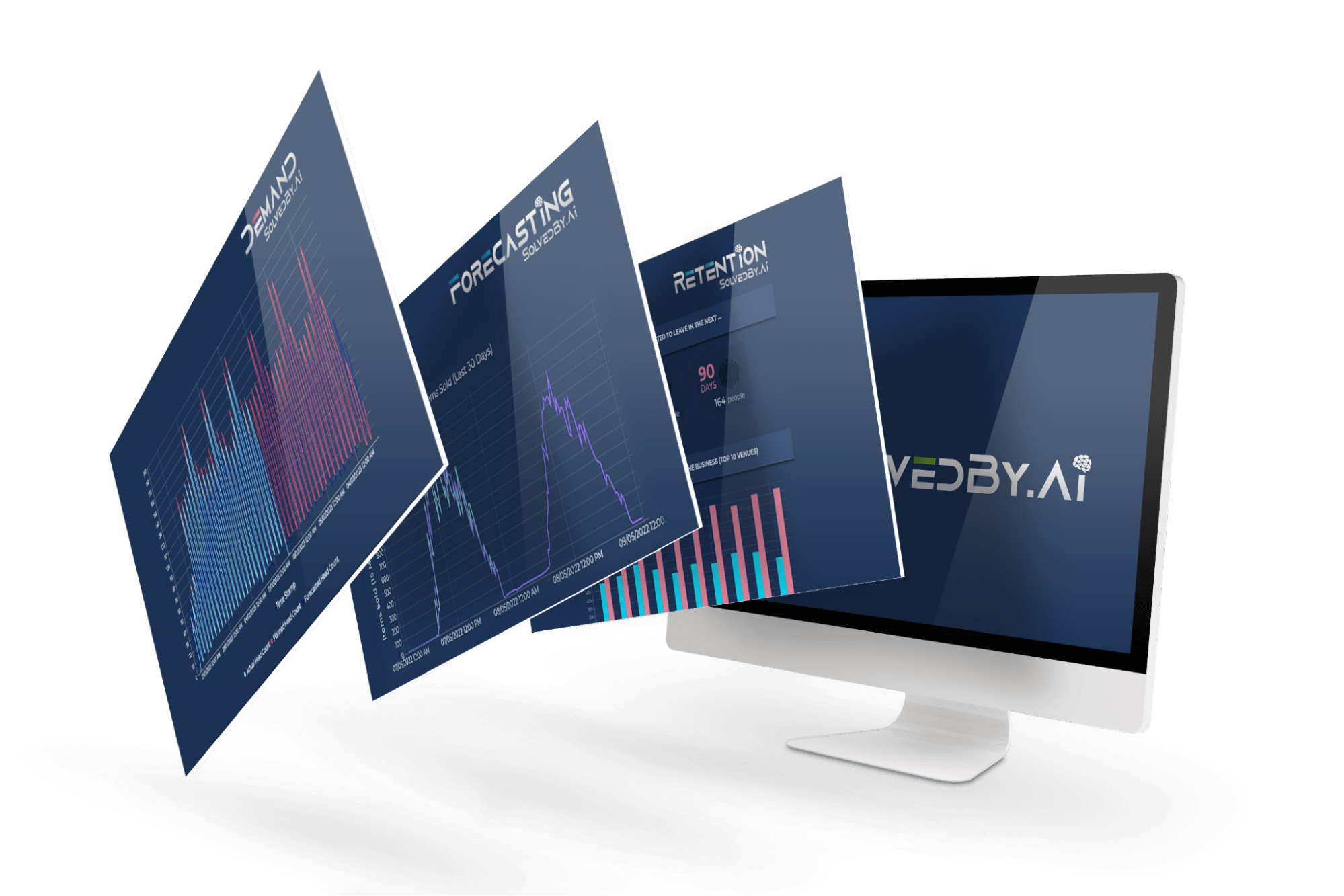Retailers have to do more than just display their products on the shelves and wait for customers to buy them. In fact, the opposite happens much more often – potential customers walk into the store, look around at all of the options, and then leave without buying anything at all. That’s why retailers are always seeking new ways to increase demand forecasting, or predicting which products will be best-sellers when they arrive in stock and which products they should keep in stock in case customers want them later on.
What is demand forecasting?
If you are new to retail, you may hear “demand curve”, “demand forecasting” or “labour demand forecasts” mentioned. You may not understand what is being said.
It’s simple! A demand forecast is a prediction of how many staff per role are required to work to satisfy customer demand. A demand curve is a graphical representation of the number of staff per role required in 15 or 30 minute slots throughout the day
Let’s look at an example of how demand forecasting works. It is 6pm on Wednesday evening, you are a manager in H&M and you need to know how many sales assistants will be required to serve customers until 8pm. In order to do this you need to first forecast what your sales demand will be and then you can combine this with historic staffing levels to know how many sales assistants are required. Here you normally have 3 options, plan as managers would have in the past, maximise revenue or maximise cost saving.
Why is it important for retailers?
Labour demand forecasting is important for retailers because it will show peaks at busy times and troughs during quiet times. This can help anticipate labour needs and have the right amount of staff on hand to handle busy periods. It also helps ensure that your business has enough products to meet the demand. If it turns out that you’re short-handed or short of stock, this makes you more vulnerable to unforeseen problems that could result in lost sales, unhappy customers and staff, and damaged reputation. Labour demand forecasting is just one way retail businesses can plan ahead and avoid such problems.
The demand curve should be the optimal staffing model for a shop or department by job role.
If a retailer accurately plans their staffing to a demand curve their customers will not have to queue but they won’t waste money during the quiet times paying staff to stand idle.
How can retailers forecast demand?
An accurate system will build a fresh AI for every store every week and give predictions for every 15 or 30 minutes intervals as no two stores or weeks are the same.
A good system will look at forecasts of sales volumes and transactions in combination with other factors like weather, sales promotions and store stock levels. These can all be used as predictors of future demand in an individual store. Many retailers use specialist AI software, which uses algorithms to sift through these data points and make accurate demand forecasts. For example, it could take into account typical weather patterns for a region or time of year and combine them with historical information about sales patterns during similar periods. This helps avoid any outlying predictions that rely on just one factor.
Conclusion
Labour demand forecasting software, with features like those offered by SolvedBy.Ai, help retailers plan accurately for the future which results in significant savings on staffing spend and increase in revenue. Those that use our solutions are able to remain much more competitive and make their budgets go further as well as increase customer and staff satisfaction.










